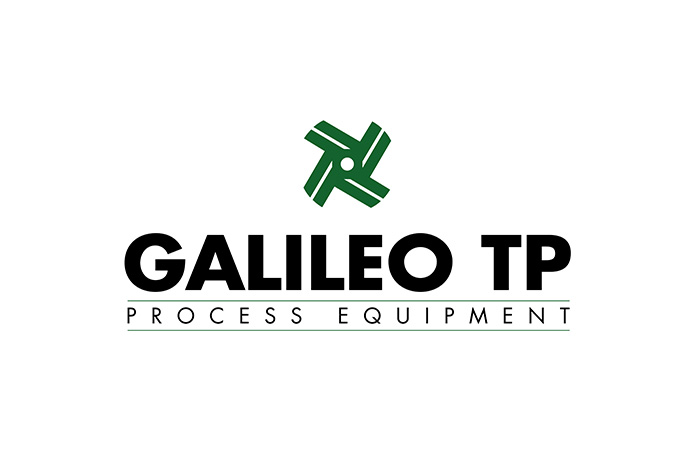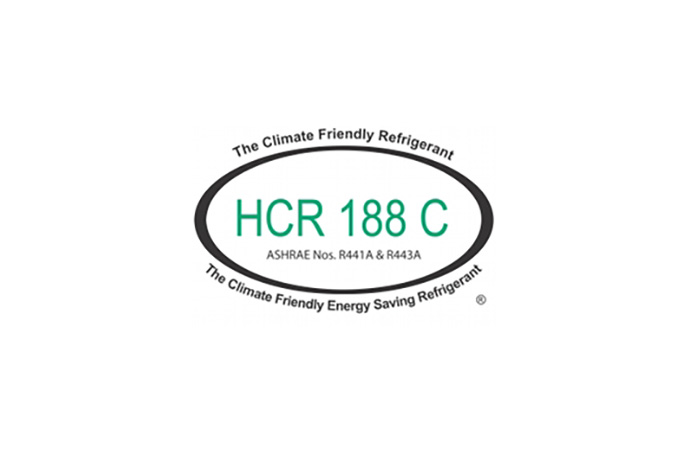Following the June 2014 US EPA proposal to approve hydrocarbon refrigerants in six additional refrigeration and air conditioning applications, hydrocarbons21.com has talked to leading industry equipment manufacturers to understand what this development could mean for hydrocarbon technologies in the US market.

The US Environmental Protection Agency (EPA) has proposed to approve the following: R290 in household refrigeration; R600a and R441A in stand-alone commercial refrigeration; R170 in very low temperature refrigeration and non-mechanical heat transfer; R441A, R600A and R290 in vending machines; and R290 and R441A in room air conditioning.
But, in which of the above sectors might the rule be expected to have the strongest impact on once finalised?
Room AC: by far the largest “untouched” potential market segment for natural refrigerants
R290 to kick start HC domestic refrigeration mass market in the US?
The industry seems to be less familiar with the use and performance of R290 in domestic refrigerators and freezers.
R290 vending machines: a segment with significant market growth potential
R290 for vending machines is where the greatest impact could occur according to Craig Roy, North American Manager at Galileo TP.
An established market segment for R290 already in Japan, this could be a segment with significant market growth prospect in the US.
Proposed charge size limits remain a constraint
According to the US EPA proposed rule, the charge size for R290 in household refrigeration must not exceed 57 grams (2.01 ounces). For R600a in stand-alone commercial refrigeration, the EPA proposes a charge size limit of 150 grams (5.29 ounces), and the same goes for R441A, R600a and R290 in vending machines. For residential and light commercial AC and heat pumps the EPA proposes that charge size limits be determined based on the type of equipment (e.g. window AC, wall-mounted AC, etc.), the type of refrigerant used, and the normal rated capacity of the unit. For example, the maximum design charge size for a 10,000 BTU/hr window AC unit would amount to 260g of R290, and 280g of R441A.
Nonetheless industry is finding ways to work with these limitations:
Remaining barriers to a smooth transition to hydrocarbons
Richard Maruya, AS Trust & Holdings believes that the approval process for hydrocarbons could be significantly faster.
But, in which of the above sectors might the rule be expected to have the strongest impact on once finalised?
Room AC: by far the largest “untouched” potential market segment for natural refrigerants
I believe the room air conditioning application is where the greatest impact will occur”, says Ramiro Avila, Engineering Manager, Engineering and Research Department at True Manufacturing. “This is by far the largest “untouched” potential market segment for natural refrigerants, especially since the Chinese manufacturers have a great deal of experience using R290 in such machines. This will improve both the performance and energy efficiency of this segment as well”.
R290 to kick start HC domestic refrigeration mass market in the US?
Echoing Avila’s viewpoint Charles Hon, Engineering Manager at True Manufacturing says:I don’t believe there will be much of an impact on the other five segments”, adds Avila. “Where I could be “surprised” is with the R290 applications in domestic refrigerators. R290 is much more effective for freezer and ice maker applications than R600 is. Remember that US refrigerators are large and usually have all three functions in one unit. I believe R600 falls short on performance in the current US domestic applications since it is not nearly as effective at low temperature applications as is R290.”
I believe the use of R290 could have a major impact in the residential refrigeration sector. The ability to get to lower temperature could be a game changer”.
The industry seems to be less familiar with the use and performance of R290 in domestic refrigerators and freezers.
Our understanding is that when R290 is approved in domestic refrigeration, this will be a way to deal with refrigerant size restrictions, as with a given refrigerant quantity R290 can cater for larger capacities compared to R600a”, says Alexandra Maratou, Deputy Public Affairs Manager, shecco. “With 57g of R290 one could possibly cover the capacity needs of larger American domestic refrigerators without having to use 2 circuits, as is currently the case with R600a and which makes it more costly”.
R290 vending machines: a segment with significant market growth potential
R290 for vending machines is where the greatest impact could occur according to Craig Roy, North American Manager at Galileo TP.
An established market segment for R290 already in Japan, this could be a segment with significant market growth prospect in the US.
Proposed charge size limits remain a constraint
According to the US EPA proposed rule, the charge size for R290 in household refrigeration must not exceed 57 grams (2.01 ounces). For R600a in stand-alone commercial refrigeration, the EPA proposes a charge size limit of 150 grams (5.29 ounces), and the same goes for R441A, R600a and R290 in vending machines. For residential and light commercial AC and heat pumps the EPA proposes that charge size limits be determined based on the type of equipment (e.g. window AC, wall-mounted AC, etc.), the type of refrigerant used, and the normal rated capacity of the unit. For example, the maximum design charge size for a 10,000 BTU/hr window AC unit would amount to 260g of R290, and 280g of R441A.
We hear among manufacturers that they would like increased charge limits in that they could better build a business case to support hydrocarbons in that increased limits would allow a broader product introduction of hydrocarbons”, said Roy.
Charge size limits remain a constraint”, agrees Charles Hon, True Manufacturing.
Nonetheless industry is finding ways to work with these limitations:
The maximum charge size of 57 grams is fine with me”, says Richard Maruya, of AS Trust & Holdings and inventor of hydrocarbon blend R441A. “Intertek tests prove that an 18ft3 refrigerator runs perfectly on 38 to 45 grams of R441A - way below the 57 gram limit. Refrigerator manufacturers know this, but they aren’t making any attempt to work with R441A because they don’t want to change. The same is true of the compressor manufacturers. It will take a big company asking for it before they do.”
Remaining barriers to a smooth transition to hydrocarbons
The biggest issues we will face, in the near future will be local building codes“, says Charles Hon, True Manufacturing.
Richard Maruya, AS Trust & Holdings believes that the approval process for hydrocarbons could be significantly faster.
I have been involved in the SNAP application process with the EPA for over 10 years and continued to encounter obstacles to getting my pure hydrocarbon blends approved. I have the most applications in and completed, but I believe there is a lot of discrimination with the process”.
Are there any remaining obstacles? Of course with significant change there always arise obstacles (opportunities)”, says Craig Roy, Galileo TP. “However, the North American market has less obstacles in that a large part of the world has created a tremendous wealth of resource for the industry over the last 20 years, but significantly 10 years of solid history/industry knowledge. The largest obstacle as many know is educated service technicians in the field. Even this issue of trained HC technician is fast coming to solution through already in place certification training available within the industry, as well as, savvy manufactures understand this is an opportunity to interface with the service technician industry directly in training/certifying technicians directly for their specific product.”
MORE INFORMATION
Related stories








